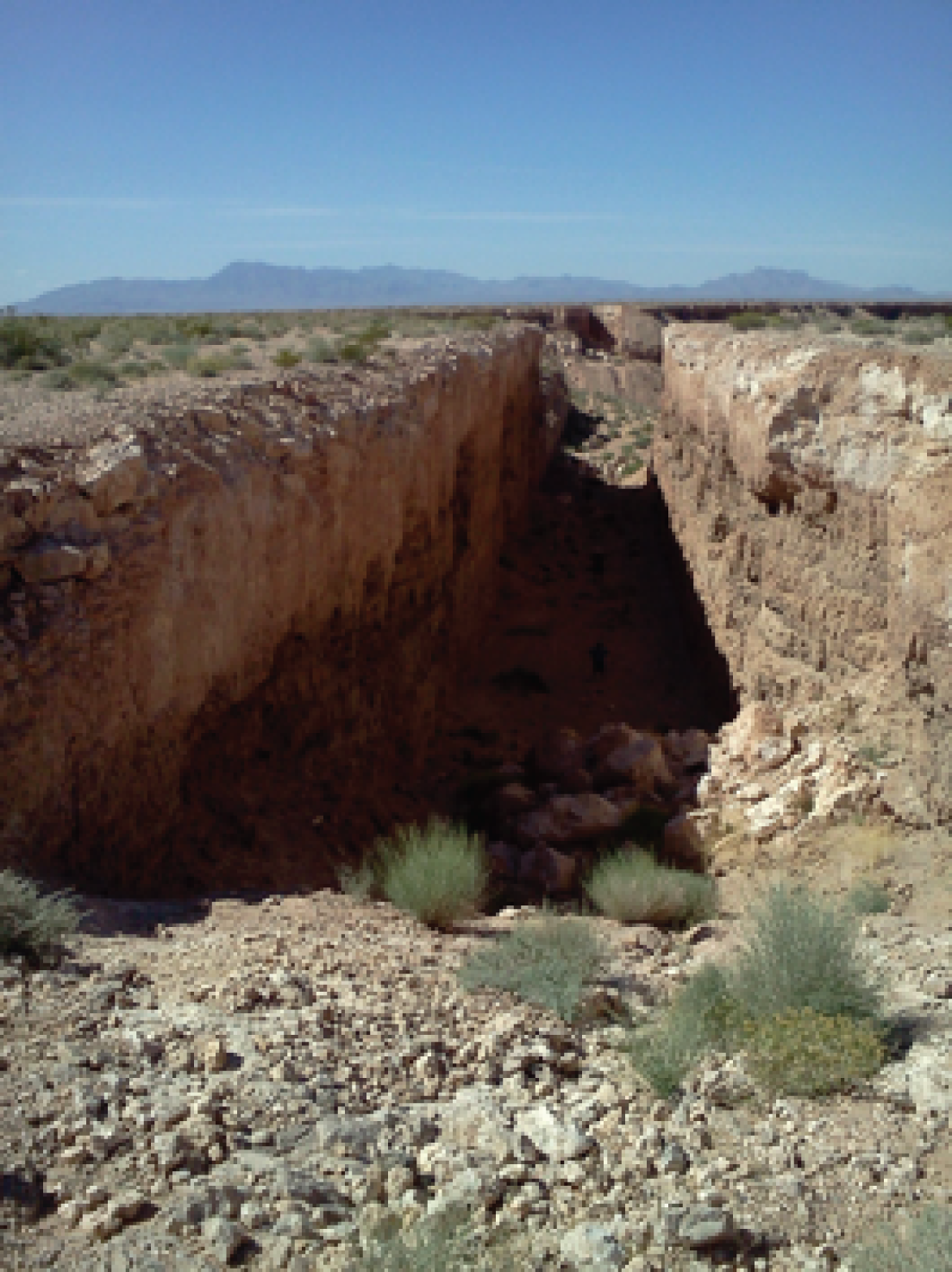 Going to see Double Negative is a rite of passage for any serious art enthusiast. Although the work boasts being open to visitors 24/7 and is free of charge, a visit to this piece of land art will not be a simple matter.
Going to see Double Negative is a rite of passage for any serious art enthusiast. Although the work boasts being open to visitors 24/7 and is free of charge, a visit to this piece of land art will not be a simple matter.
It is advisable to secure a four-wheeled vehicle and download some good directions — Google maps will fail you. The work can be viewed best on the top of the Morman Mesa outside the Nevada town of Overton. If you want the immersive experience plan your trip in the summer, dress in comfortable clothes, turn off the air conditioner and roll down your window.
The sculpture now owned by the Museum of Contemporary Art in Los Angeles was created by Michael Heizer in 1969. It consists of two 30’ wide by 50’ deep trenches cut into the edges of the mesa. The trenches sit on opposing sides of a gorge and magically bridge the gap with a void as powerful as any material structure.
Heizer created a monumental sculpture not by constructing an edifice but rather by displacing an estimated 240,000 tons of dirt.
He says, “There is nothing there, yet it is still a sculpture.” The title Double Negative does not only describe the work’s physical attributes but echoes the mathematical and literary phenomenon when two negatives cancel each other out, creating a positive value or an affirmative statement.
If that was not enough the piece also serves as a time piece. Heizer requested that no efforts be made to conserve the work — intending nature to eventually reclaim the land. In the desert the earth recovers slowly. Some claim portions of the Santa Fe trail remain visible when flying overhead. When one visits Double Negative today one can see signs of decay. It may take a desert pilgrimage to realize that often nothing needs to be added and more can be gained by creating a void.
